Prepare the house
Arriving at the dacha in the spring, the first thing you want to do is get warm, and at the same time fill the house with warmth. Before stoking a stove that has been idle for a long time, be sure to check the chimney: is the chimney clogged? Are there any cracks or traces of soot on the outside? If necessary, clean the chimney yourself or call a specialist.
Open windows and doors to ventilate the area - ideal if the weather is dry and sunny that day. Lubricate the locks and hinges, assess the condition of the frames and doors.
Tidy up the cellar
While the house is drying, go down to the underground space - it also needs drying. Check walls and beams for mold and mildew. Open all accessible hatches, windows and vents for ventilation.
Remove unnecessary things, throw away crates, boxes and blanks that have become unusable - this way you free up space and help the cellar dry faster.
If you have not treated surfaces with antiseptic impregnations for wood and concrete for a long time, be sure to plan this procedure for late spring or summer, when the cellar is completely dry.
Take care of the water
The next step is the spring reactivation of the suburban water supply system. In the fall, you have already turned off the pump, removed the mixers and opened the drain valves. It's time to do everything in reverse order, as well as change the cartridges in the filters.
Run the water gently to get rid of the air in the pipes and check them for leaks. Also take care of the sewage system - feed the septic tank with bioactivators to provide for the appearance of an unpleasant odor.
If there is a well in the country house or there is a well, in the spring they should be pumped and flushed with a submersible pump. Drain the water 2-3 times until the water is clear of melt water. If a stale aroma comes from the well, throw chlorine-containing tablets into it to purify water in the pool into it before leaving the dacha and close the lid. On arrival, pump the water with a pump.
Clear area
Spring is the time of renewal. Taking care of uprooting old bushes today will make your life a lot easier in the summer. While all dry branches and excess growth are visible, cut off everything that spoils the landscape - thereby you will give the site a neat look and help the development of the necessary plants.
Take all unnecessary boards, debris, leaves, last year's vegetation and old garden decor to a landfill. Burning dead wood is dangerous and illegal... Put the organic matter in a compost heap - over time, it will become an excellent fertilizer for the garden. Do not use diseased foliage for humus.
Awaken the earth
Prepare the soil for future planting: spread the film over the surface of the beds to warm it up. When it gets warmer, loosen the soil shallowly with a rake.
To feed the soil with nitrogen, the lack of which is especially felt in spring, add organic fertilizers to the soil: humus, manure, bird droppings or peat.They will not only additionally warm the ridges, but also saturate them with the necessary nutrients.
In acidic soil, it is necessary to add 550 g of lime per 1 square meter, carefully loosening it.
Refresh trees and bushes
When preparing a summer cottage for the season, it is important to pay attention to fruit trees and shrubs, having carried out sanitary pruning. Remove branches that are weak, diseased, or interfering with the growth of others, leaving no stumps. Clean the lower parts of the trunks of lichen and moss, treat the wounds with garden pitch.
Treat garden shrubs: to make the raspberries lush, cut off not only the dry branches, but also the 5 upper buds. Remove currants and gooseberries from frozen and damaged shoots.
Spray shrubs with Bordeaux liquid to keep garden pests out of your plantings. When preparing the solution, carefully follow the instructions.
Tidy up the buildings
If in the summer cottage, in addition to the house, there is a shed for storing garden tools, a fence and a greenhouse, inspect them for damage and patch them up if necessary. Replenish your supplies and repair tools if you haven't done so in the fall.
Sort inventory and re-arrange organize storage system, so as not to get confused in the abundance of tools, and work in the garden and garden brought pleasure.
On a dry, warm day, wash the greenhouse and disinfect the surfaces from pests. Apply compound fertilizers to the soil.
Prepare the lawn
Remove the ice crust from the grass with a rake, if for a long time it does not come off by itself - the ice does not allow oxygen to flow to the grass. Drain if the lawn dries too slowly.
Feed it with complex fertilizers. When the lawn is dry, "comb" it by removing the dead grass. Overseed by mixing the seeds with soil in a ratio of one to two, and scatter the mixture over the entire lawn.
In May, you can carry out the first haircut - the grass with a height of 10 cm is cut in half.
Provide seedlings care
Take out the pots with seedlings in warm air - this way you will not only ventilate it, but also slightly prepare it for planting in open ground. In this case, the sun's rays should not fall on the leaves. Sow cucumbers, tomatoes and zucchini on seedlings, referring to the lunar calendar. Cut out the grown plantings.
Be sure to observe the temperature regime and the distance between the shoots so that they can resist pests and diseases.
If the soil in the garden has warmed up to 5 degrees, sow seeds of cold-resistant crops: peas, turnips, parsley, carrots. Prepare potatoes for planting by selecting large, healthy roots.
Plant seedlings
In the spring, planting new fruit and ornamental trees, as well as bushes, gives the longest period for rooting and growth before the winter cold. Heat-loving plantings (plums, cherries, gooseberries, raspberries and currants) grow faster if planted before the buds swell. Be sure to wait until the soil warms up!
It is better to purchase seedlings from specialized nurseries in your home region so that the plants are well acclimatized.
The spring hassle of preparing a summer cottage for the summer season can be simplified if you calculate the time in advance and draw up a work plan.

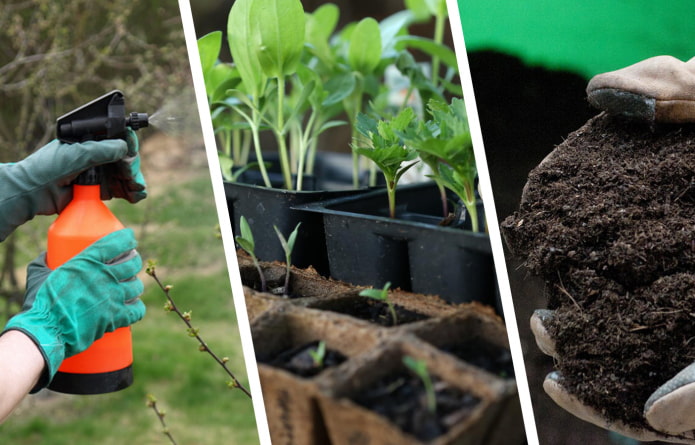
 10 practical tips for arranging a small kitchen in the country
10 practical tips for arranging a small kitchen in the country
 12 simple ideas for a small garden that will make it visually spacious
12 simple ideas for a small garden that will make it visually spacious

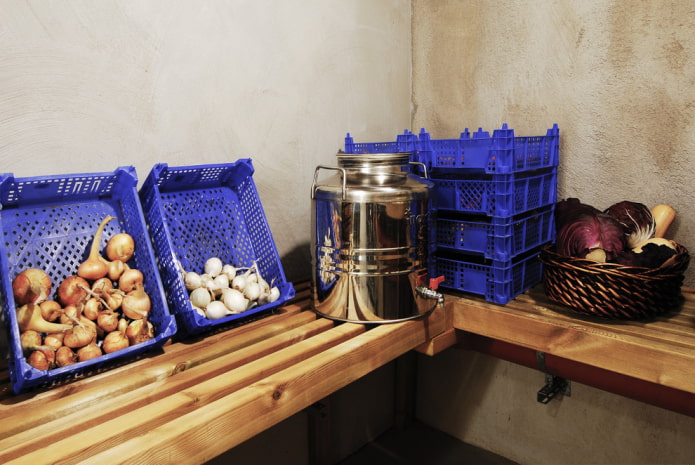
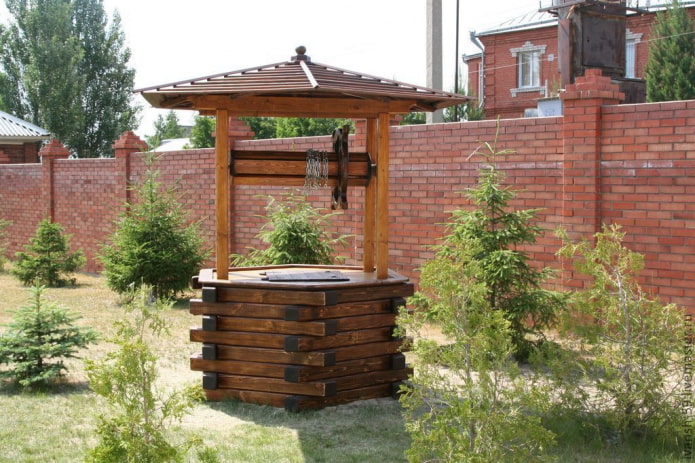
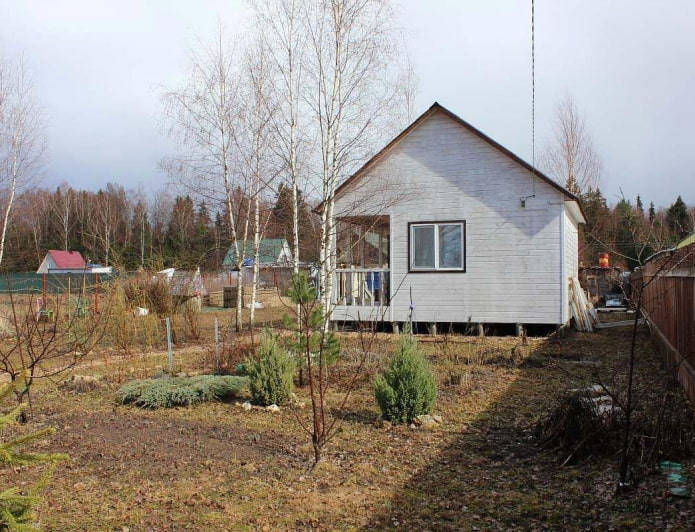

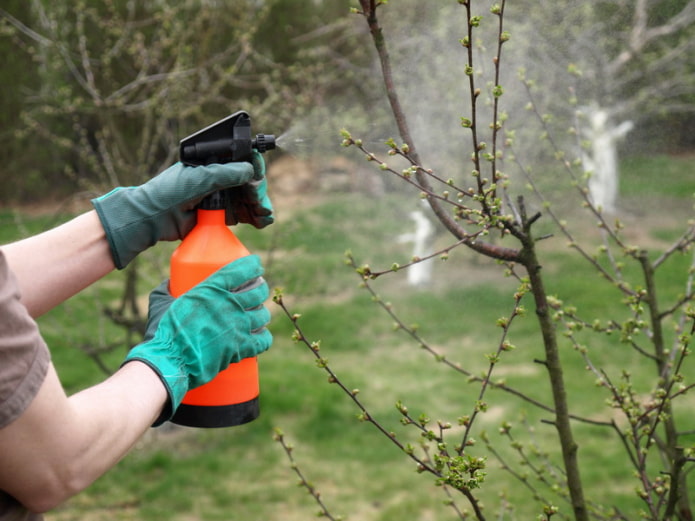

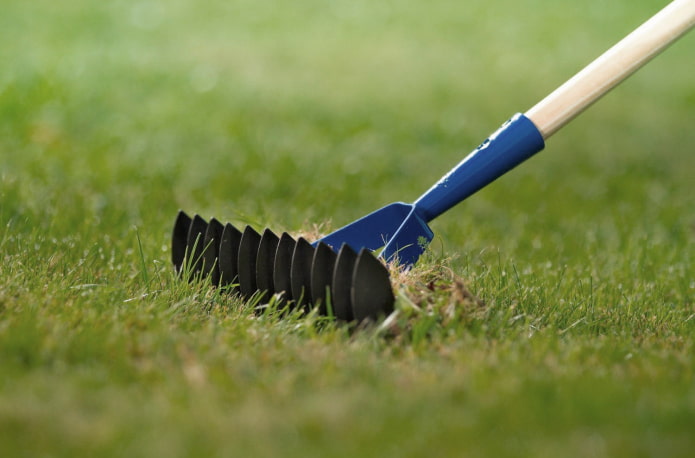
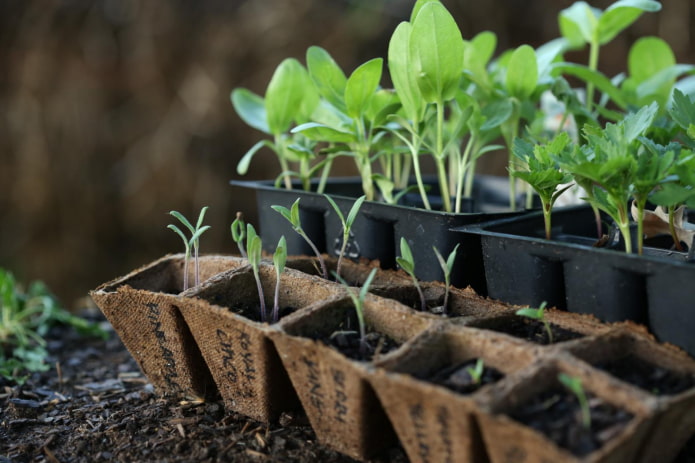

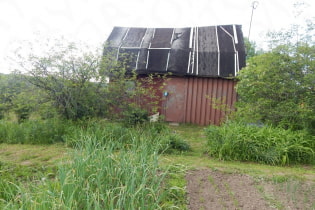 What can you save on when renovating your summer cottage?
What can you save on when renovating your summer cottage?  Houses with panoramic windows: 70 best inspiring photos and solutions
Houses with panoramic windows: 70 best inspiring photos and solutions Brick facades of houses: photos, advantages and disadvantages
Brick facades of houses: photos, advantages and disadvantages Siding house facades: features, photos
Siding house facades: features, photos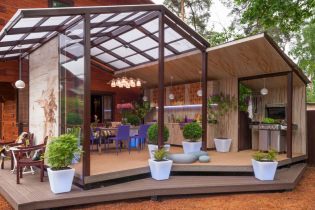 Terrace design in a private house in the Moscow region
Terrace design in a private house in the Moscow region Provence style house design in Moscow region
Provence style house design in Moscow region